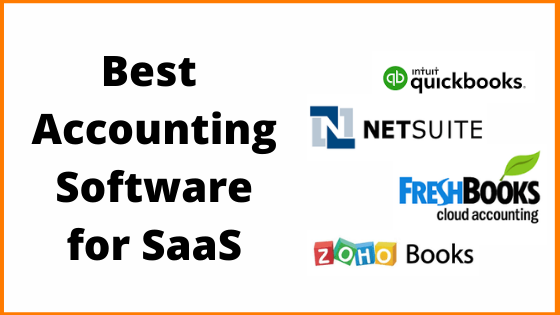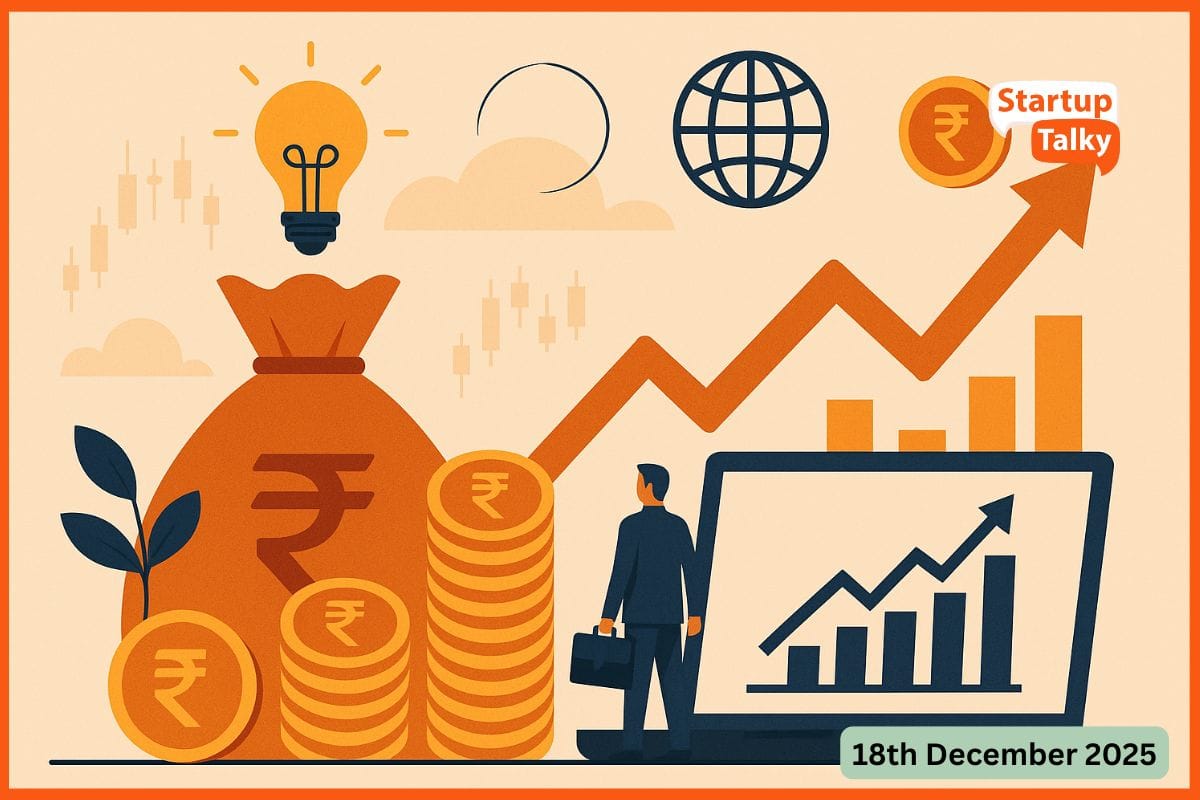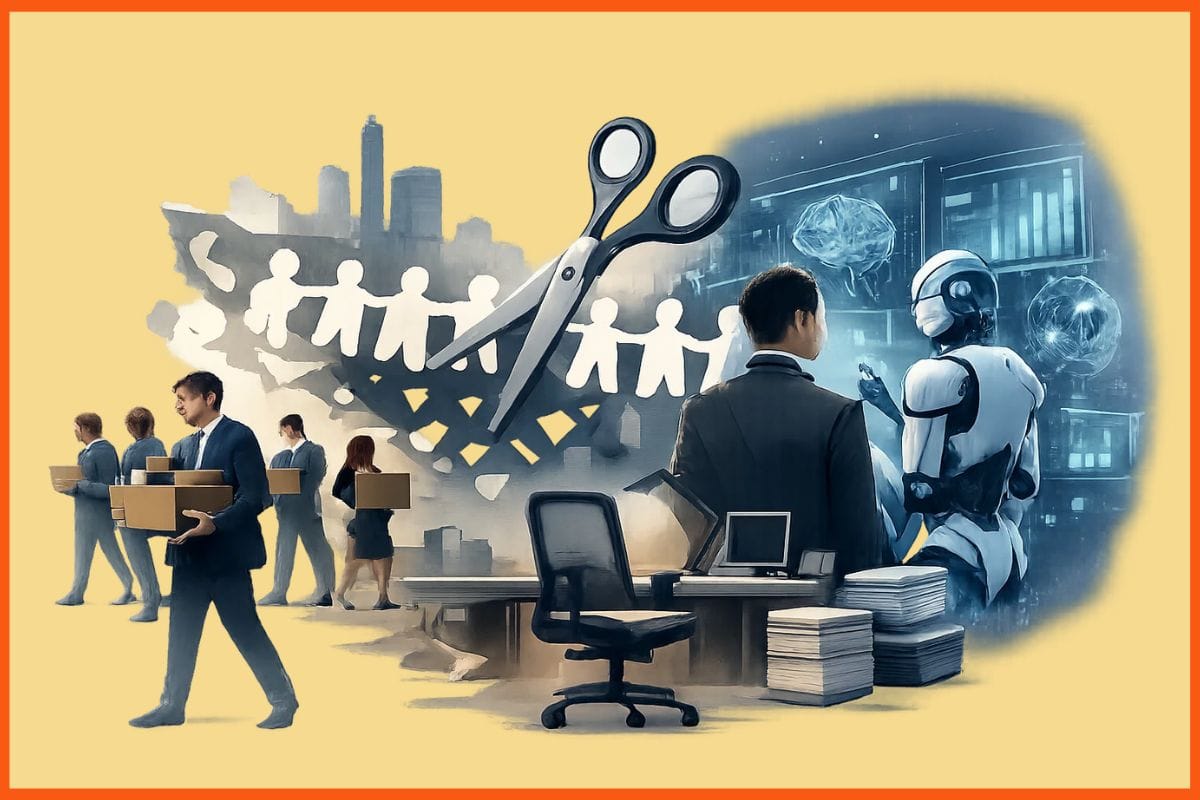The Ultimate Growth and Effects of SaaS Industry in India
saas
Like many other technology inventions that leaves the human existence shell-shocked, the new technology called as SaaS (Software as a service) has come into existence to simplify the human lives and its growth has reached the global world.
Software as a service, as the name suggests, is a software delivery method that is available for a huge number of customers by a service provider or a business owner over the internet. In a simple way, this platform is subscription based which is rented for customers on a monthly or yearly basis instead of purchasing it once and for all. SaaS applications have been around for a while now, many businesses are using it as a part of their service to the customer.
Software as a Service (SaaS) is a new software deployment model and an on-demand-service providing a reliable environment for renting and using the applications for a particular period of duration and for managing their payments and billings.
SaaS is nearly taking over the cloud computing market, the global public cloud service market is projected to grow to more than $200 billion in 2019 from $175.8 billion in 2018.
Microsoft leads the annual growth rate with 45 %, followed by Oracle at 43 % and SAP at 36 %.
The Use of SaaS Industry
Benefits of SaaS Industry
Growth of SaaS Industry in India
How SaaS is Affecting the Modern Business
The Use of SaaS Industry
Traditionally software applications were hosted on user's hardware within their premise. They had to go through the lengthy maintenance of hardware and software. There are were continuous upgrades, follow-ups, recovery testing and software license management to handle. By doing this, it had become cumbersome to manage the business.
SaaS is software that is a cloud-based service. It means whenever the user is wants to use the service, they don’t need to download it, install or update it. Free from all the hassle, they can access it simply on their internet browser. It allows the users to connect to and use cloud based applications over the internet.
End users are not directly responsible for anything in this process, they only use programs to get their tasks done. As the organizations are involved in providing the applications, they pay for their customer's use of the applications too.
According to a research, over 20% of Enterprise software has moved to SaaS. There are many examples of established enterprises like Salesforce, ServiceNow, Microsoft, Google, Cisco, HubSpot, GitHub, Shopify and many others who are dominating the SaaS market.
Software which fulfills the needs of a specific industry (for example- healthcare, agriculture, e-commerce, real estate, finance, research and development). It requires less capital because it does not require any upfront licensing fees, due to which it is very feasible to adopt. The products which focus on a software categories like marketing, sales, developer tools and HR.

Benefits of SaaS Industry
- Security, the reason why most enterprises are now moving to SaaS is that it is highly secure in nature, all the customer's files, reports and data are secured on a higher level.
- Accessibility, one of the major benefits of the SaaS system is that it is highly accessible to the user with a good Internet connection and you can work on your device no matter where you are located.
- Cost effective, it is a pay-as-you-use-the-service pricing, so the user can pay only for the service that they need without making any upfront infrastructure investments.
- SaaS has a scalable service delivery infrastructure that allows the organizations to adapt their requirements to meet the respective customers escalating needs.
- SaaS provides hassle free IT experience to the users. Using SaaS helps in reduction of 15% in IT spending and a 16.7% reduction in IT maintenance costs.
Growth of SaaS Industry in India
Users are adopting the subscription based pricing model to fight the upcoming business competition. Established enterprises are also embracing the Software as a Service business model to satisfy their needs. The result facilitates the healthy competition among SaaS vendors to take their businesses to a particular reach.

90 % of businesses are offering SaaS solutions using social media. Recently, The number of user's engagement in the SaaS products has increased rapidly. Its not the case that just the small firms are adopting the SaaS products but the large enterprises are also leveraging SaaS technologies to boost their business.
A research says that organizations with over 250 employees use over 100 SaaS applications. On an average, small firms of up to 50 employees use up between 25-50 SaaS apps. Therefore, the growth rate of SaaS usage is almost consistent across organizations of all sizes. The growth is driven by product development methodologies such as Agile and DevOps, as well as the availability of SaaS products in the enterprise IT market segment.
The anticipated number of Software as a Service (SaaS) startups in India have almost tripled in the last five years. Right from 3,000 in 2014 to 8,336 in May 2019 and this number is only predicted to grow in future. India currently accounts for 2.6 % of the global SaaS market.
According to a global report published of SaaS, an average company spent $343,000 on SaaS in 2018 and 78 % increase from the previous year.The first generation of Indian SaaS startup market has already proved that they have effectively been able to sell software to the world remotely from India. This further proves that geographical barriers aren’t a constraint anymore, provided the products and trade experiences are good to the customers.
How SaaS is Affecting the Modern Business
The acceptance of SaaS technology has made it become mobile and it has affected the market in number ways.
Restructuring the nature of work
SaaS offers a common platform where users can easily manage and collaborate their supply chain. With the cloud technologies, the single purpose is to optimize the application resources. Simplifying, if the user is not on the cloud, he/she will not be able to share information or business processes with other participants.
Financial insights and assistance
Many businesses have shifted from the complex way of organizing. From ERP to cloud which makes them connect effortlessly with project management, design, supply chain, purchasing and so on. Also, numerous businesses are turning to a cloud-based Enterprise Performance Management making it an integral part of their daily operations. This will help the users as well as organizers to plan their finances in the long run and achieve their long-term goals.
Integration of Services
Integration of a variety of services to the cloud is changing the competitive market. Right from simple service integrations on your mobile phones to more complex integrations of voice-activated remote controls, there is a wide array of services that companies integrate into the cloud when launching or redesigning a product.
Managing the workforce
Cloud computing had a tremendous impact on the way people actually work. A better communication flow has made the business processes and functions more transparent. Every form of management is immediate and social, right from training and learning to project management and recruiting has taken a whole new form. Since the workforce is the strength and foundation of the entire system, organizations will be focusing on finding the most efficient way to manage and engage their employees.
Using automation to search for results of every campaign
Most marketing campaigns need to struggle to create attractive content that will create a strong customer base. When running a marketing campaign, marketers have to automate a number of tasks such as emailing or social media. This is where the technology of marketing automation enters the game. A cloud-based marketing automation allows marketers to plan and track results of their marketing campaigns.
Using analytics to aim for customer satisfaction
With the rise of technologies in the business world, customer satisfaction has become the top priority for most organizations. To be able to find out about the customer behavior as well as the company’s profitability and overall performance, companies use cloud-based analytics.

FAQs
What is SaaS?
SaaS is a method of software delivery that allows data to be accessed from any device with an internet connection and a web.
What are examples of SaaS?
SaaS examples: BigCommerce, Google Apps, Salesforce, Dropbox, MailChimp, ZenDesk, DocuSign, Slack, HubSpot.
What are the SaaS products?
- Elink
- Trello
- Slack
- Hubspot
- Buffer
- Intercom
Is SaaS the future?
SaaS is taking over the cloud computing market. Gartner predicts that the service-based cloud application industry will be worth $143.7 billion by 2022.

Must have tools for startups - Recommended by StartupTalky
- Convert Visitors into Leads- SeizeLead
- Website Builder SquareSpace
- Manage your business Smoothly Google Business Suite





